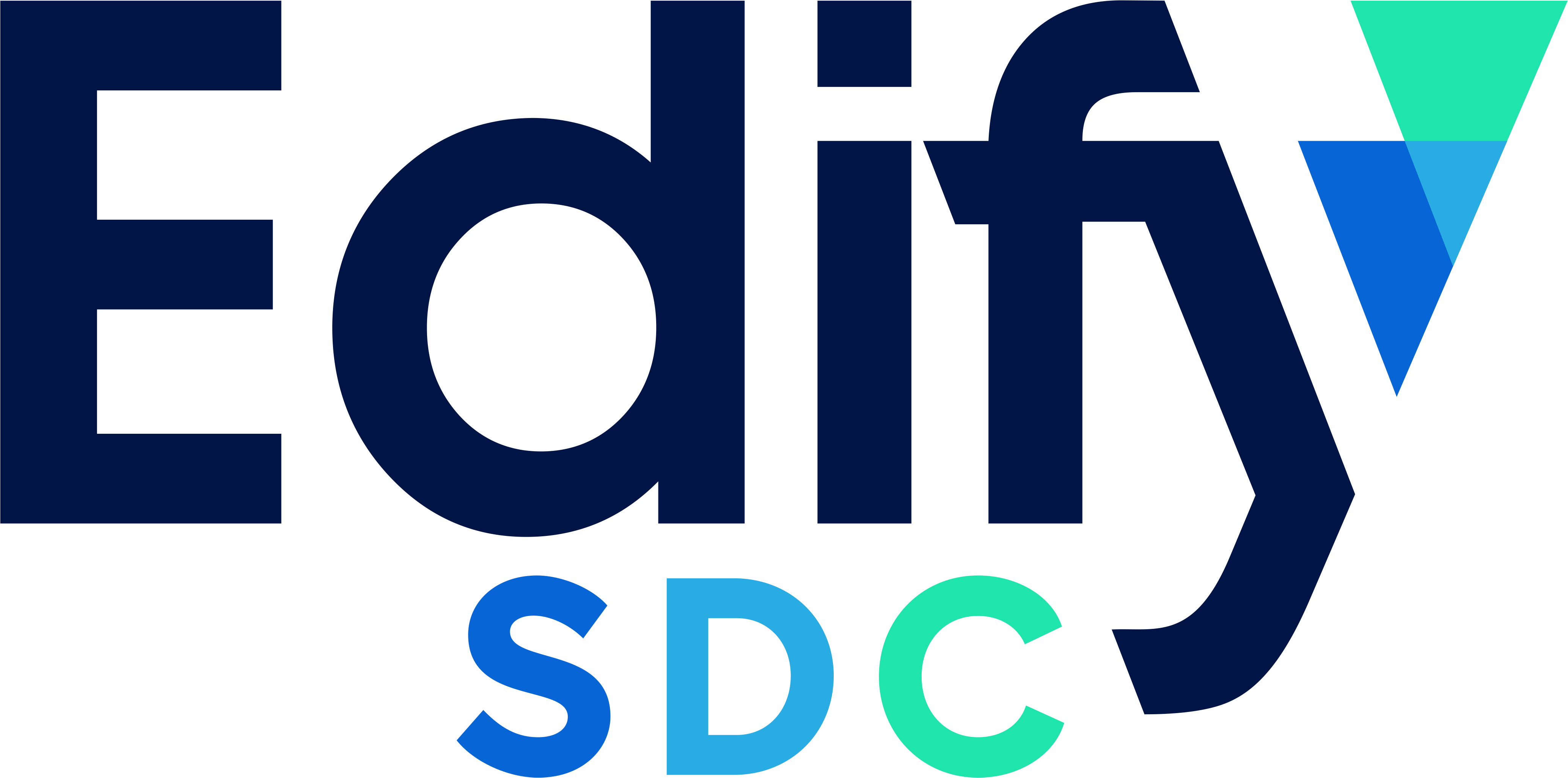The Oak or the Reed?
Like many of Aesop’s fables, there are multiple ways to interpret the story of the Oak & the Reeds. Just in case you aren’t familiar with this fable, the very short version goes something like this: In the face of very strong winds, reeds bend and flow, but don’t break, while the strongest of oaks are toppled and uprooted.
One of the most common interpretations of this fable is that it is better to be flexible and adaptable to changing conditions than to be so resolutely stiff regardless of your situation.
How can being like the reed be beneficial for your technology teams?
Let’s start with a phrase we’ve all heard in our careers by now: “We can’t do that.”
Many times this is a complete roadblock. Sometimes, that is the intent. And sometimes, it’s an invitation to examine further. In the case of the latter, we owe it to ourselves to dig further (the 5 Why’s anyone?). Most times, the answers are rooted (ha!) in being like the oak, steadfast and resolute, regardless of the situation.
- “It’s the way we’ve always done it and that has always worked.”
- “It takes so long because that’s just how it works.”
- “I don’t know. It’s the way I was told to do it.”
- “If we do that then we will have to do XYZ.”
It’s here where so much value tends to be lost. It’s also here where teams should be willing to be more like the reed, being flexible, and understanding that there is much to gain from recognizing changes are needed.
Being adaptable in this case, is the ability for technology teams to take new information, whether those are requirements or requests, assess the value, and determine whether – or – when and where, those things can be delivered.
Adaptability, while it usually doesn’t feel like it, can be one of the strongest ways to deliver value to your organization. At the executive level, businesses often have to deal with changing market conditions, competition, new products, and more. In today’s environment, facing those realities and being adaptable is the responsibility of everyone, technology teams included. Being adaptable allows the business to be nimble and react to the dynamic modern marketplace. What value is in what you are delivering if the market has already moved on?
I can hear you through this screen right now. “But what about business leaders that are always changing their minds? We can’t get anything done and it makes us look like we are just an expense line on the balance sheet!” Yes, this is true. Just like any approach, too much of anything can be a really bad thing. Constant change, in requirements and requests, has been the death of many deliveries, and the amount of money, time, and expertise that has been invested in half-finished projects is, well, incalculable. We’ve all worked with business leaders that can’t seem to stay focused, wait for delivery, and reap the rewards of the new technical assets that your teams have worked so hard to bring to life.
However, the detriments of being adaptable, i.e. being too adaptable, can be mitigated.
At the macro level, reducing the risk of significant changes can be accomplished by having an astute business strategy and an action-oriented execution roadmap with direct links to that business strategy. Spending deliberate time to develop strategies, document them, and communicate them to the organization is incredibly important. Doing so allows the technology teams to understand the value they are delivering and formulate appropriate approaches. A well-developed business strategy takes into account changes in the marketplace, competition, competitive advantage, and in doing so, anticipates the risks that can change the direction of the company (and cause your technology teams to have to abandon significant investments in projects.)
At the micro level, this is yet another reason that clear communication of progress, effort, and value delivery from the project team up through the organization’s layers is so vital. Many times executives make decisions that, to the delivery teams, seem completely disconnected from reality. Sometimes this is the case, sometimes not. However, ensuring executives and leaders have a robust understanding of the situation at least provides for informed decision-making. Without this understanding it is quite possible those leaders are unknowingly throwing away significant investments.
Managing adaptability into your technology and engineering process can be painful at first, but will pay for itself. Start by implementing feedback loops into your requirements and requests intake process. As these come in, be clear on the status of those requests, where they are going next, and how long your assessment will take. Once your assessment is complete, be clear on what happens next. Will further requirements gathering take place? Will this feature or request require significant work to implement. What is your opinion on where and when this value can best be delivered? What other efforts or backlogged requests could be impacted by this change? And again, making sure this information makes its way up through the layers in the organization is critical to informed decision-making.
Conversely, insisting changes, whether in requests or processes, can’t be accommodated without first performing a proper assessment is not only counterproductive, it ignores the potential to deliver value and to make your team more valuable as well. Like an oak in a hurricane, you’ll be toppled eventually, the organization will suffer, and possibly unknowingly, you will have contributed to the inability of a company to stay competitive.
Is adaptability in your organization’s toolbox? Think about what technologies, products, or services your organizations want to bring to life that simply wouldn’t be possible without the ability to adapt to the modern marketplace. Chances are, your organization and your teams will need to be more like the reed than the oak.

